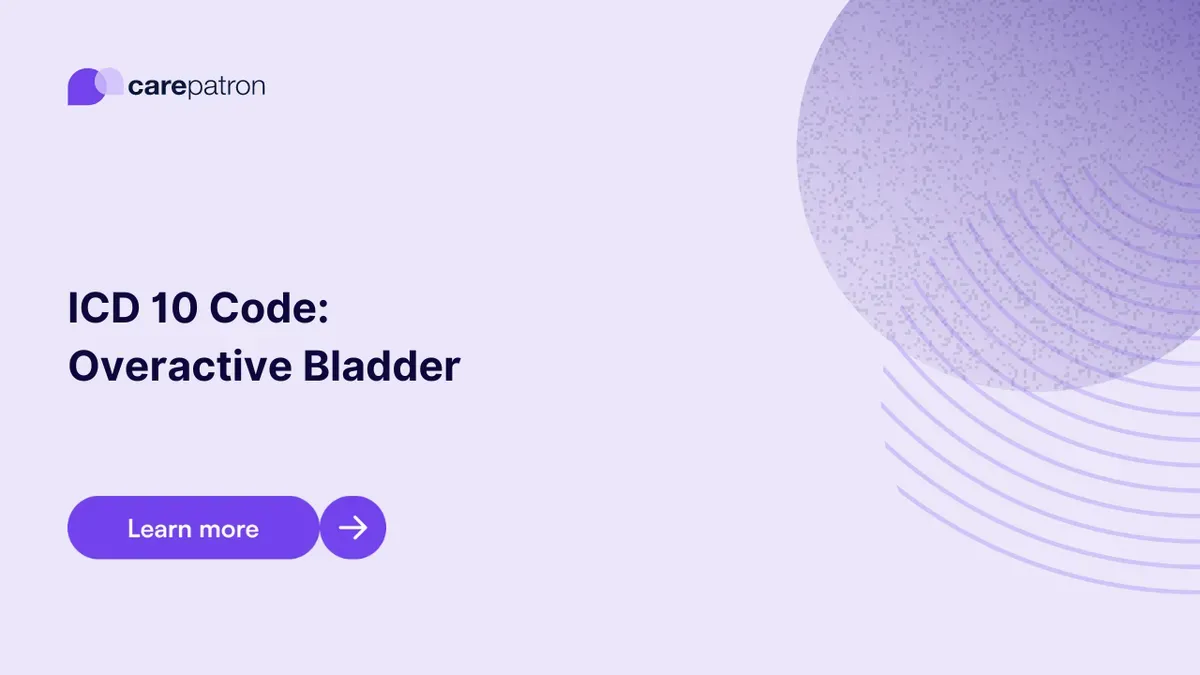
Overactive Bladder ICD-10-CM Codes
Learn about the ICD-10-CM codes necessary for diagnosing and documenting overactive bladder (OAB) in 2023.
Use Code
Commonly asked questions
Use an overactive bladder ICD-10-CM code in medical documentation when diagnosing, treating, or billing for the symptoms and manifestations linked to OAB.
Treatments can range from lifestyle modifications (fluid management, scheduled bathroom trips) and bladder training exercises to medications that relax the bladder or decrease bladder spasms. For severe cases, nerve stimulations, Botox injections into the bladder wall, or surgical interventions may be necessary.
A diagnosis code for overactive bladder provides a standardized indication of the patient's urinary symptoms, such as urgency, frequency, and possible involuntary urine leakage. It aids in clinical management, research initiatives, and administrative tasks like health insurance billing.
EHR and practice management software
Get started for free
*No credit card required
Free
$0/usd
Unlimited clients
Telehealth
1GB of storage
Client portal text
Automated billing and online payments
